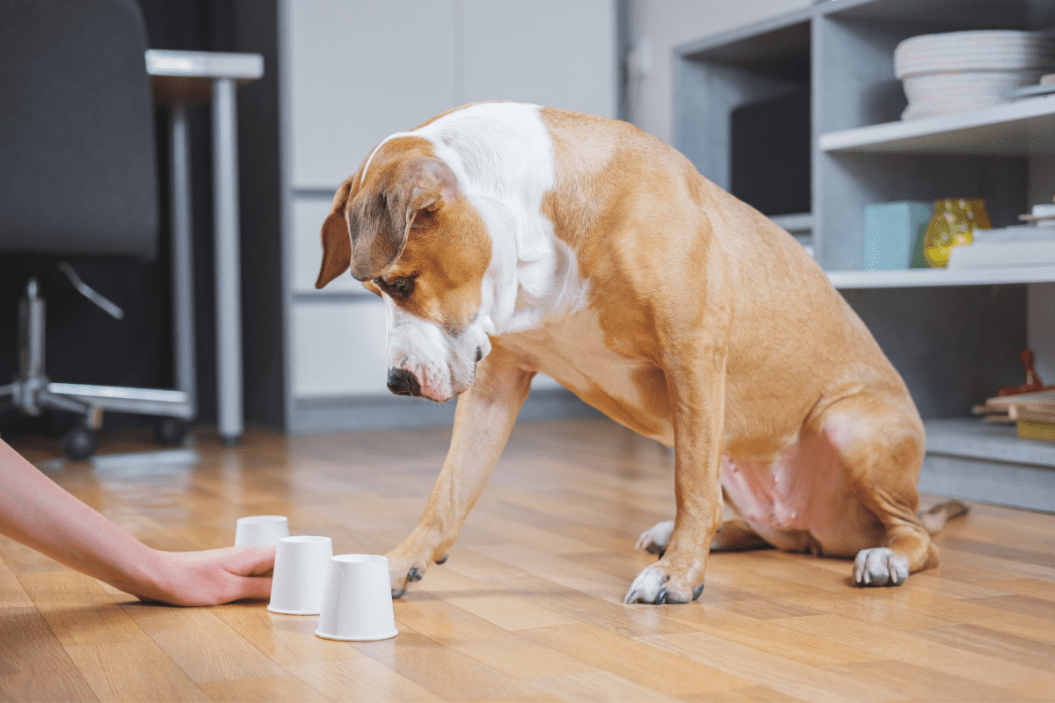Introduction To How To Train A Dog/Puppy?
Training a dog is an essential part of pet ownership. It not only helps establish a strong bond between you and your furry friend but also ensures a well-behaved and happy companion. If you're wondering how to train a dog effectively, this comprehensive guide will provide you with valuable insights and practical tips to get started. With a little patience, consistency, and positive reinforcement, you can transform your dog into a well-mannered and obedient companion.
Headings:
- Understanding Dog Behavior
- Establishing a Positive Training Environment
- Basic Commands: Sit, Stay, and Come
- House Training: Potty Training Basics
- Leash Training: Walks Made Easy
- Socialization: Building a Well-Adjusted Dog
- Crate Training: Creating a Safe Space
- Teaching Tricks: Fun and Mental Stimulation
- Addressing Behavioral Issues: Barking, Chewing, and Jumping
- Advanced Training Techniques: Agility and Obedience Competitions
Heading 1: Understanding Dog Behavior
Before diving into the training process, it's crucial to understand dog behavior. Dogs are pack animals with instinctual behaviors and communication methods. They thrive on structure, routine, and clear guidance. By recognizing their natural tendencies, you can tailor your training approach accordingly, making it more effective.
Heading 2: Establishing a Positive Training Environment
Creating a positive and conducive training environment is essential for successful dog training. Set aside a quiet and distraction-free space where you can focus on training sessions. Use positive reinforcement techniques such as treats, praise, and rewards to encourage desired behaviors. Consistency and patience are key when shaping your dog's behavior.
Heading 3: Basic Commands: Sit, Stay, and Come
Teaching your dog basic commands lays the foundation for further training. Start with simple commands like "sit," "stay," and "come." Use a firm yet gentle tone and pair each command with a hand signal. Break down the training into short sessions and gradually increase the difficulty level as your dog becomes more proficient. Don't forget to reward your dog's progress along the way.
Heading 4: House Training: Potty Training Basics
House training is a crucial aspect of owning a dog. Start by establishing a routine for feeding and bathroom breaks. Take your dog outside frequently, especially after meals or naps. Reward your dog for eliminating in the designated area. Be patient during this process, as accidents may happen. Consistency and positive reinforcement will help your dog learn appropriate bathroom habits.
Heading 5: Leash Training: Walks Made Easy
Leash training allows you to enjoy walks with your dog while maintaining control. Introduce your dog to the leash gradually, associating it with positive experiences. Use treats to reward your dog for walking beside you without pulling. Teach your dog to respond to verbal cues like "heel" or "let's go." With practice and patience, your dog will become a well-behaved walking companion.
Heading 6: Socialization: Building a Well-Adjusted Dog
Socializing your dog from an early age is crucial for their overall well-being. Expose them to various environments, people, and other animals. Organize playdates or enroll your dog in obedience classes to promote positive interactions. By socializing your dog, you can help prevent behavioral problems and ensure they feel comfortable in different situations.
Heading 7: Crate Training: Creating a Safe Space
Crate training provides your dog with a safe and comfortable space of their own. Introduce the crate gradually, making it a positive and inviting place. Use treats and toys to encourage your dog to enter the crate willingly. Avoid using the crate for punishment. With time, your dog will see the crate as their den and a place of relaxation.
Heading 8: Teaching Tricks: Fun and Mental Stimulation
Beyond basic commands, teaching your dog tricks can be a fun and mentally stimulating activity. Start with simple tricks like "shake hands" or "roll over." Break down the training into small steps and reward your dog's progress. Engage in regular training sessions to keep their minds sharp and build a stronger bond with your furry companion.
Heading 9: Addressing Behavioral Issues: Barking, Chewing, and Jumping
Addressing behavioral issues is a crucial part of dog training. Barking, chewing, and jumping are common problems that can be resolved through consistent training. Identify the root cause of the behavior and redirect your dog's attention to more appropriate activities. Seek professional help if the issues persist or if you need additional guidance.
Heading 10: Advanced Training Techniques: Agility and Obedience Competitions
Once your dog has mastered the basics, you can explore advanced training techniques like agility and obedience competitions. These activities provide mental and physical stimulation while allowing you and your dog to showcase their skills. Consider joining local training clubs or working with professional trainers to take your dog's training to the next level.
Conclusion:
Training a dog requires time, patience, and a commitment to positive reinforcement. By understanding your dog's behavior, creating a positive training environment, and following a step-by-step approach, you can successfully train your dog and build a strong bond. Remember to tailor your training methods to suit your dog's individual needs and personality. With consistent effort and love, you'll be rewarded with a well-trained and well-behaved companion for life.





0 Comments